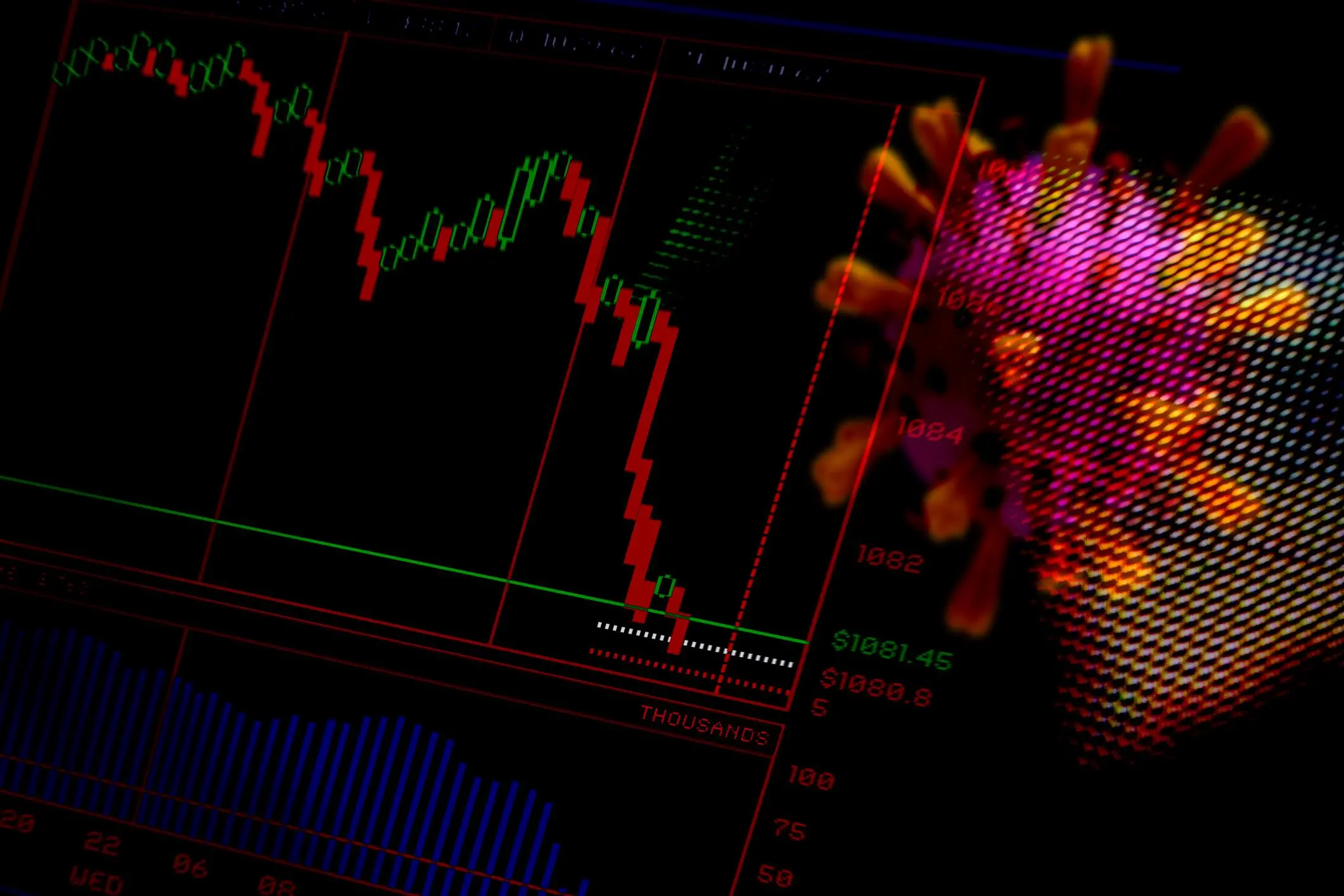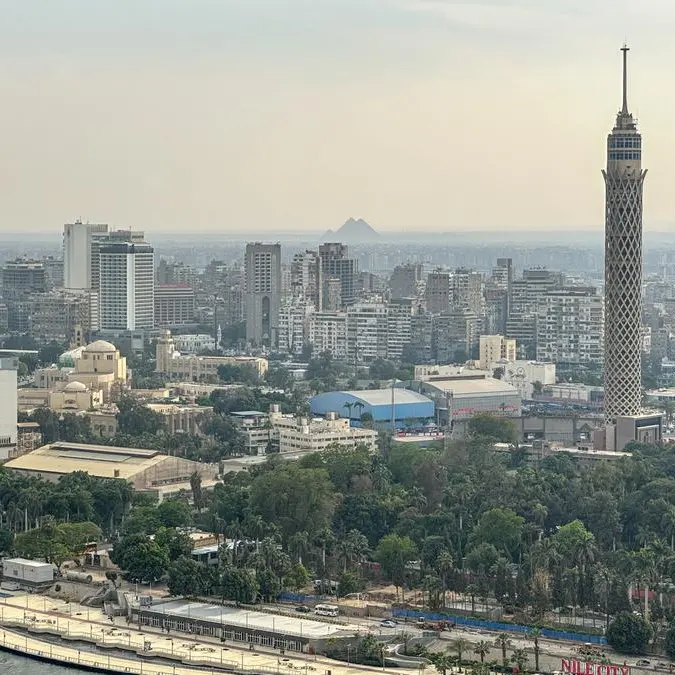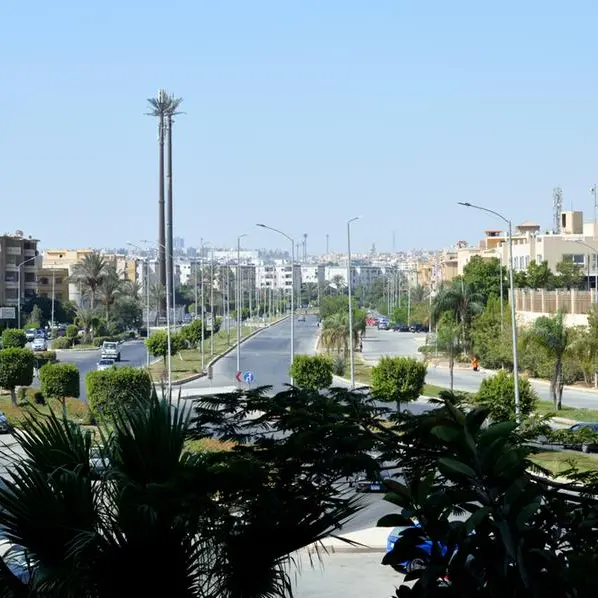PHOTO
If the past two years of battling COVID-19 have taught us anything, it is to always have a plan that protects us from calamitous risks. Despite several health outbreaks in recent years and experts sounding the alarm about a looming pandemic, little was done to bolster global health security measures. The International Monetary Fund in January amended its economic forecasts to state that the COVID-19 pandemic could cost the global economy a whopping $12.5 trillion by 2024.
Going forward, it is critical for nations to come together and address the shared global challenges that have the potential to unravel our social and economic progress. By taking a proactive approach, governments can ensure they have solid plans in place to respond to various risks, minimizing avoidable precious human, resource and financial losses. This approach will also ensure that risks are identified early on, instigating a global effort toward addressing them using evidence-based and strategic methods. Moreover, a robust framework for decision-making and planning would ensure measures are integrated within various systems to make them more resilient to shocks.
At the same time, such assessments would reveal any existing vulnerabilities within diverse systems that need to be bolstered, such as a lack of assistive digital technologies, competent staff, high-risk geographies or communities, and knowledge gaps. Furthermore, garnering global attention to overcome common risks will ensure countries comply with a set of international standards that safeguard economies and communities from the effects of future devastating risks. Ultimately, putting these measures in place will instill confidence and trust in governments and industries.
The World Economic Forum’s recently published Global Risks Report 2022 scans critical economic, geopolitical, societal, technological and environmental risks derived from more than 12,000 leaders in 124 countries and spans a 10-year horizon. Many risks have been compounded during the COVID-19 pandemic. To illustrate, as economies have undergone major digital transformations, with the shift to remote work and electronic commerce, malware and ransomware cybersecurity threats grew by 358 percent and 435 percent respectively in 2020. In the same year, more than 34 million people were displaced due to conflicts alone, while other countries restricted travel and resettlement during the pandemic, limiting entry to those who would have otherwise sought refuge.
When it comes to economic risks, the WEF report gives prominence to mounting and unmanageable inflation in goods and services, housing prices, the collapse of strategic industries, debt crises in large economies that could result in mass bankruptcies and insolvency, illegal economic activities, and severe shocks in the supply and demand of critical commodities, such as food and energy. Meanwhile, human life is threatened by a number of perilous environmental risks, such as biodiversity losses, extreme weather events and geophysical disasters, natural resource crises, and man-made environmental disasters, such as oil spills, wildlife extinction and radioactive contamination.
Several geopolitical risks highlight the need to address potential terrorist attacks, state collapse, geoeconomic threats and tense interstate relations. Meanwhile, on the societal front, the report spotlights risks pertaining to the collapse of social security systems, threats to livelihoods, the erosion of social cohesion, proliferation of infectious diseases, involuntary mass migration, youth disengagement and unemployment, and mental health decline. Cybersecurity threats and digital divides are also rising challenges that threaten the economic and social stability of nations.
Policymakers need to pay attention to these risks and ascribe them as national priorities. At the heart of this lies the importance of sharing live and comprehensive data that leads to rapid response plans, if needed. Regular foresight exercises will be needed to calibrate short and long-term risks through regular horizon scans, bearing in mind emerging or shifting trends. Many governments and blocs, such as the UAE, UK, Australia and the EU, have started publishing comprehensive foresight reports that chart the roadmap to greater resilience. The EU has a special resilience dashboard that evaluates resilience according to four areas — social and economic, green, digital, and geopolitical — linking megatrends and policy actions to these dimensions. In another example, the UAE’s Future Foresight Strategy examines future opportunities and challenges in the health, education, development and environment sectors to design proactive policy actions.
On a national level, frequent symposia need to be organized to convene the relevant players to discuss and conceptualize robust, practical and preemptive solutions that will diffuse or mitigate these risks. Stakeholders must include government agencies, security and intelligence departments, the emergency services, specialists and experts, regulatory departments, private sector enterprises, suppliers, special interest groups, and citizens. Conducting regular policy deep dives and industry reports will also warn stakeholders of emerging risks that warrant national or global attention. Moreover, the signing of data-sharing agreements between various nations, multilateral organizations and international agencies will facilitate collaboration on common challenges.
It would also be useful to integrate risk-planning requirements within the operations of both the public sector and private enterprises. As such, regulations would need to be introduced to enforce these requirements. This would also entail issuing guidance and manuals with minute details on risk assessment, prevention, identification, mitigation and management. Furthermore, employees should be equipped with the necessary knowledge and skills to address any hazards or risks they might face in their line of work. This is especially important for employees managing critical services, such as healthcare, infrastructure, education, agriculture and food production, supply chain logistics, and care of the elderly.
By bolstering our multifaceted forces, we can design policy actions that address a number of potentially perilous risks and safeguard decades of economic and social progress.
- Sara Al-Mulla is an Emirati civil servant with an interest in human development policy and children’s literature. She can be contacted at www.amorelicious.com.
Copyright: Arab News © 2022 All rights reserved. Provided by SyndiGate Media Inc. (Syndigate.info).




















